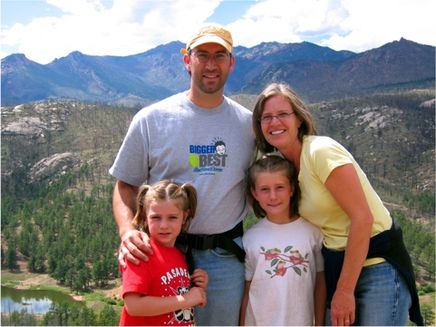Where is Food From at the Dollar Store?
I found myself at a local Dollar Tree Store a couple of weeks ago. (In
a moment of parental weakness I offered the kids a toy at the dollar
store if they would quit whining and cooperate in a particularly tricky
moment.) While the kids contemplated the merits of various toys I
wandered over to the food aisle and was surprised to find a lot of
dollar priced food items. I was curious about the source of the food
and so I got into our old mode of approaching every item with the
question - "Where is it from?" Here's what I found;
The milk was from Morningstar Foods in Dallas, Texas.
The frozen peaches, strawberries, mixed berries and even USDA Certified organic strawberries were from China. Almost all the fruit in any form was from China. I don't think I've ever seen Chinese fruit for sale in a grocery store and I know I've never seen any fresh frozen foods from China with the USDA certified logo.
Jars of roasted peppers were from Turkey, jars of pickles were from India, jars of pickled mushrooms were from China, jars of jam were from Poland. Quite an eclectic collection.
The honey was from Texas.
Fresh frozen veggies were a "Product of USA."
I don't have any commentary or judgment other than to say it's always fascinating to look under the hood of our food supply chain and see the tangled web of food commodities we weave. During our year long experiment of eating local food one of the most enlightening experiences was to walk through the grocery store asking where the food originated.
Below the fold is a re-post of "Adventures in Reading Food Lables", reflecting on what we encountered in sorting through the source of food items.
I imagined many challenges during this year, but I never expected it to be so hard to figure out where stuff is from. We've been on a steep learning curve when it comes to sourcing local foods and deciphering labels.
We quickly found out that just because something like a Western Family product says that it is distributed out of Portland, OR, doesn't mean it's from Oregon. It should probably more accurately say "marketed" by a company whose headquarters is in Portland, OR.
Another thing that we noticed right away is that some products are very clear in their city of origin while others are downright elusive. I did a little reading on the subject and apparently there are new food labeling laws that require a product to identify it's country of origin. These laws have been voluntary since the 2002 Farm Bill was passed and will become binding in September of 2008. But this doesn't include ingredients mixed together in a product and it doesn't help us much in identifying the region or city of the US it originates from.
An example of how complicated this gets is Tree Top Apple Juice. Tree Top is based in Selah, WA and should be right in the wheelhouse of our local consumption plans. When you read the top of the can though, you see that it says, "Conc of US and CHI", which means that the juice is made from a concentrate that includes a little bit of China in every cup. I think this means the ascorbic acid, which is almost exclusively a product of China these days, is mixed in as a preservative with the concentrate made from Washington Apples.
I am noticing a movement online to identify local producers. Here in the Inland Northwest there is the Local Choice Network (I think this is just getting started. Why don't you help them out and sign up to be a member). There is Local Harvest, a national resource, and Rural Roots, based out of Moscow, ID. This is great but very limited. Even with all these online resource, finding local foods is like a part time job. Even the managers of the stores often don't know where stuff is from. There has to be a way at the point of sale to help people identify products as local. To their credit, Yoke's grocery store tries harder than any of the major grocers. Who has some ideas about how this can be done? Is Shepherd's Grain a model? How about a special section in grocery stores? Farmers' Markets are the best way to source local food but we that doesn't help much right now.
One approach people are taking is to create stores dedicated to local products. Fresh Abundance, whose products are either local or organic. We get our phosphate free Biokleen laundry detergent from them. If you bring the empty container back in they will fill it up for you and save you some money. Biokleen is made in Vancouver, WA, so technically this is a little bit of a cheat. Sometimes you just have to say, "Close enough."
